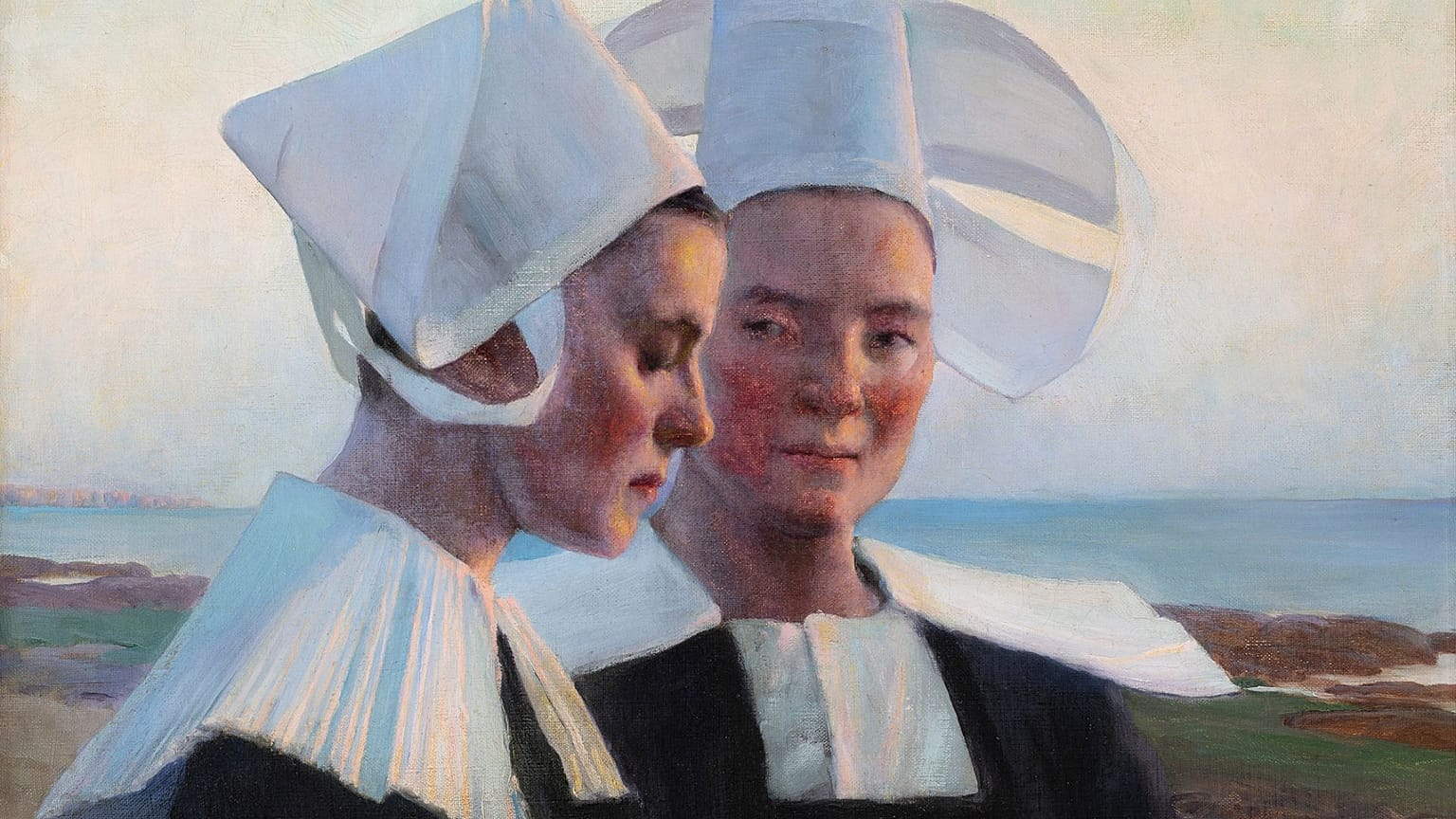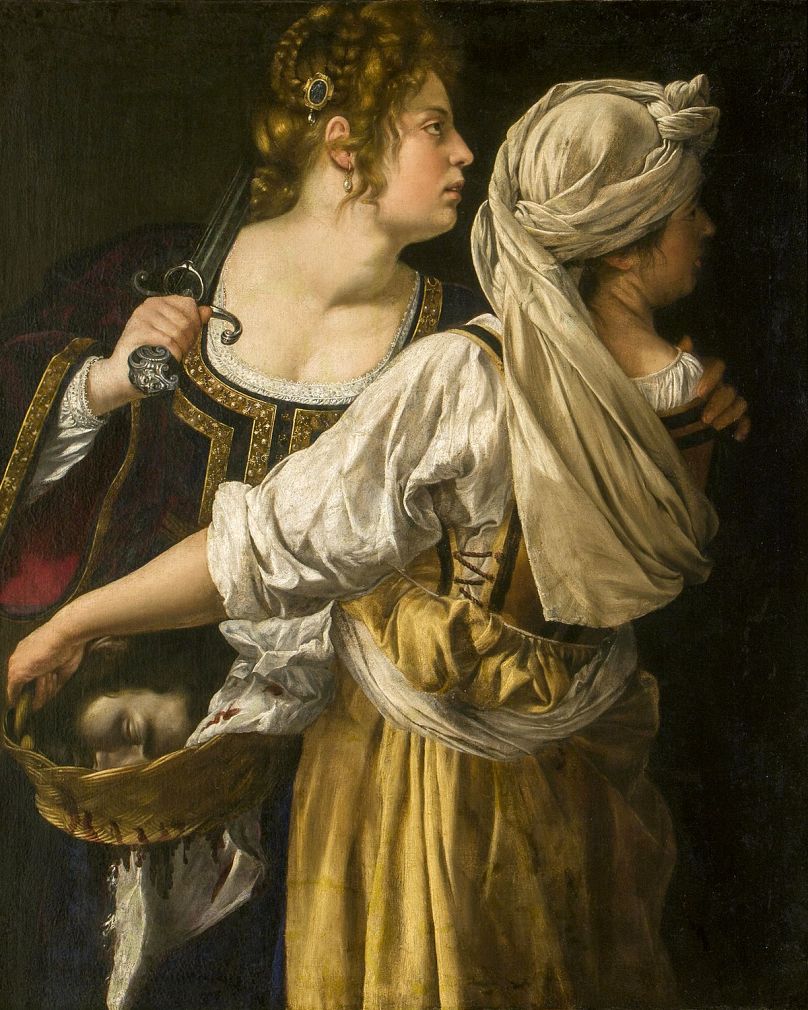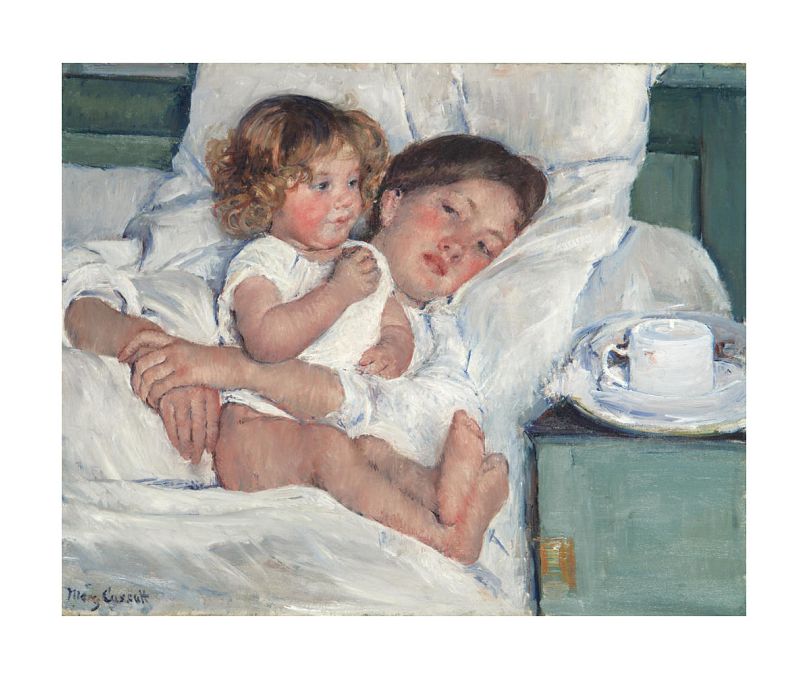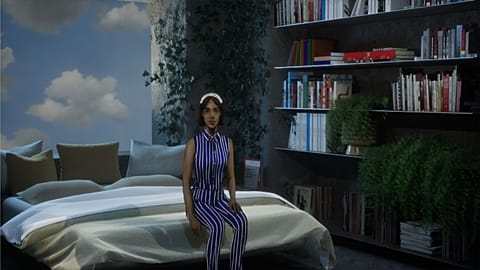Women artists who were celebrated during their lifetimes but have since been forgotten or overlooked by history are coming together in a grand exhibition in the heart of Spain's capital.
Challenging the traditionally male-dominated narrative of art history, a significant new exhibition is making its mark at the Thyssen-Bornemisza Museum in Madrid.
Named "Maestras" or "Women Masters," the exhibition showcases a compelling collection of nearly 100 paintings, lithographs, and sculptures, to unveil the stories of female artists who achieved recognition during the late 16th to the early 20th centuries but later saw their works fade into obscurity.
The works of artists such as Artemisia Gentileschi, Angelica Kauffmann, Clara Peeters, Rosa Bonheur, Mary Cassatt, and María Blanchard are prominently displayed.
Many of these women were accomplished academics, winners of prestigious awards, and their artistic creations were highly sought after. Some even had dedicated exhibitions to showcase their masterpieces.
A feminist perspective on art history: Challenging the canon
Artistic director Guillermo Solana says this exhibition rediscovers enormous talents.
"The first thing this exhibition uncovers are great women with great talent who, rather than being forgotten, have been erased. Because many of them were successful in their own time and in the 19th century they were eliminated from art history manuals and museums,” says Solana.
He says women master painters covered every subject and every genre.
“One of the characteristics of the exhibition is that it shows us that women artists covered all subjects, that they were not confined to a particular genre, as is sometimes thought, and that they only painted flowers and fruit or portraits. They cultivated all genres, starting with Artemisia (Gentileschi) who was a great painter of historical, biblical and mythological themes."
Historically, women had been excluded from art institutions. With a few exceptions, they were prevented from entering official art schools and from exhibiting in academies. Nor were they allowed to see nude models for life drawing.
But art historians say it was in the 20th century that women were really erased from art history.
Rocío de la Villa, curator of the exhibition, says this came when western women achieved universal suffrage and gained access to education, including university.
“It was then that the works of women artists went into storage," says De la Villa.
They were excluded because they were not considered sufficiently brilliant or worthy for the official canon that was being articulated at the time.
Rediscovering female artists' influence on art and culture
However, thanks to advancements in feminist art theory and art history, many works by women have been retrieved from museum archives.
Esther Romero Sáez, an art historian and gender studies researcher at the Complutense University of Madrid, points out that until recently, women's art was mistakenly perceived as homogeneous.
Like their male counterparts, women artists were influenced by their race, class, and unique life experiences.
The "Women Masters" exhibition is divided into eight sections, spanning from the late 16th century to the early 20th century. Each section explores significant aspects of women's history and how female artists engaged with various ideas and causes.
The first section delves into 16th-century Italy, showcasing paintings of biblical, mythological, and heroic themes in which women are portrayed as proactive participants in the narratives. The second section highlights natural motifs and still life paintings, underscoring the extensive botanical knowledge of these artists.
Other sections feature portraits from European courts and depictions of women from different cultures during the colonial period.
De la Villa, the curator, notes the intriguing differences in how men and women portrayed the female sex, citing examples of male artists often sexualising and eroticising women in themes like Orientalism, while women artists approached these subjects with dignity and respect.
The "Women Masters" exhibition will be on display in Madrid until 4 February, 2024, after which a condensed version will be exhibited at the Arp Museum in Remagen, Germany.
Check out the video above for a look inside the stunning exhibition.




















